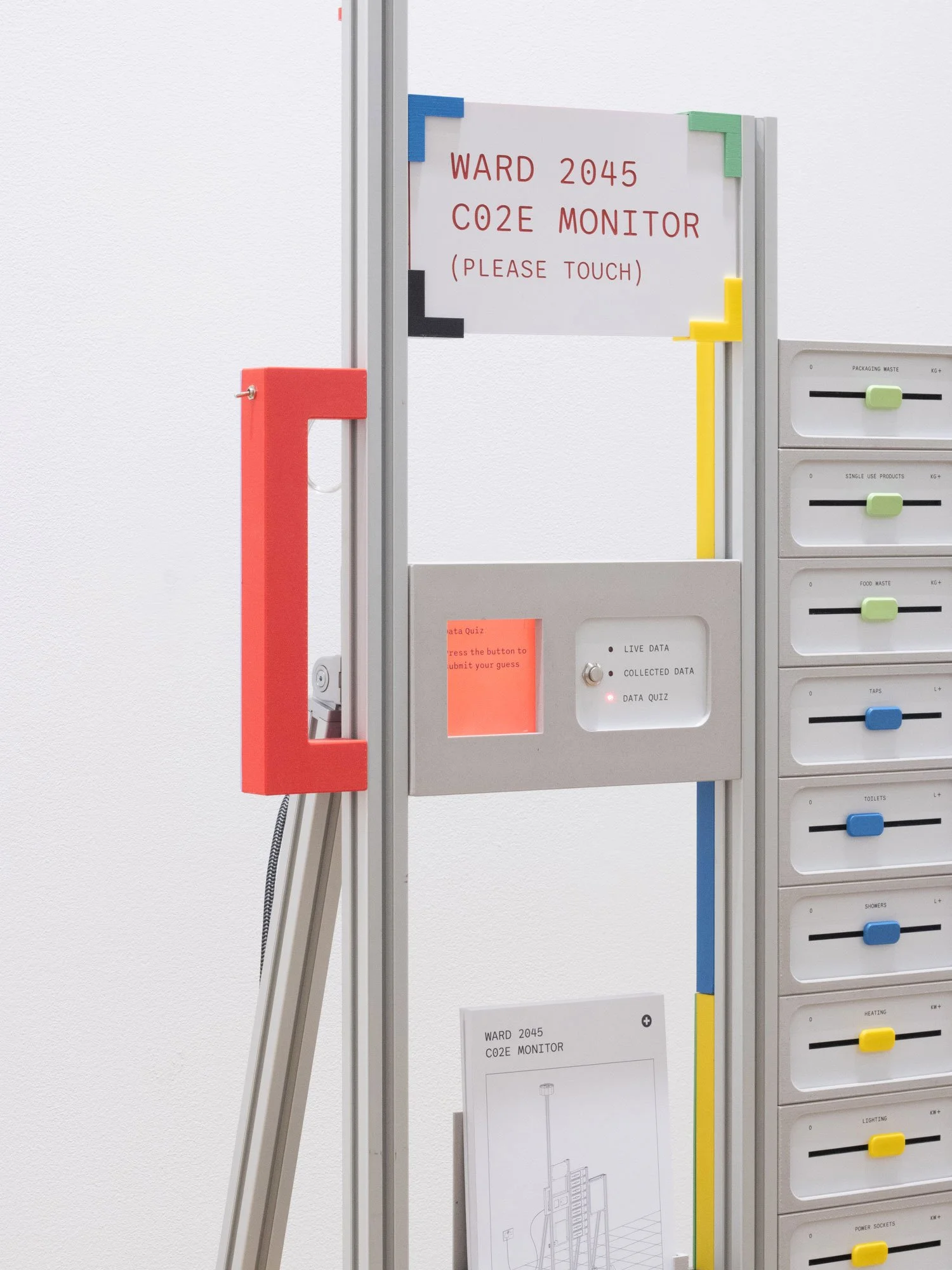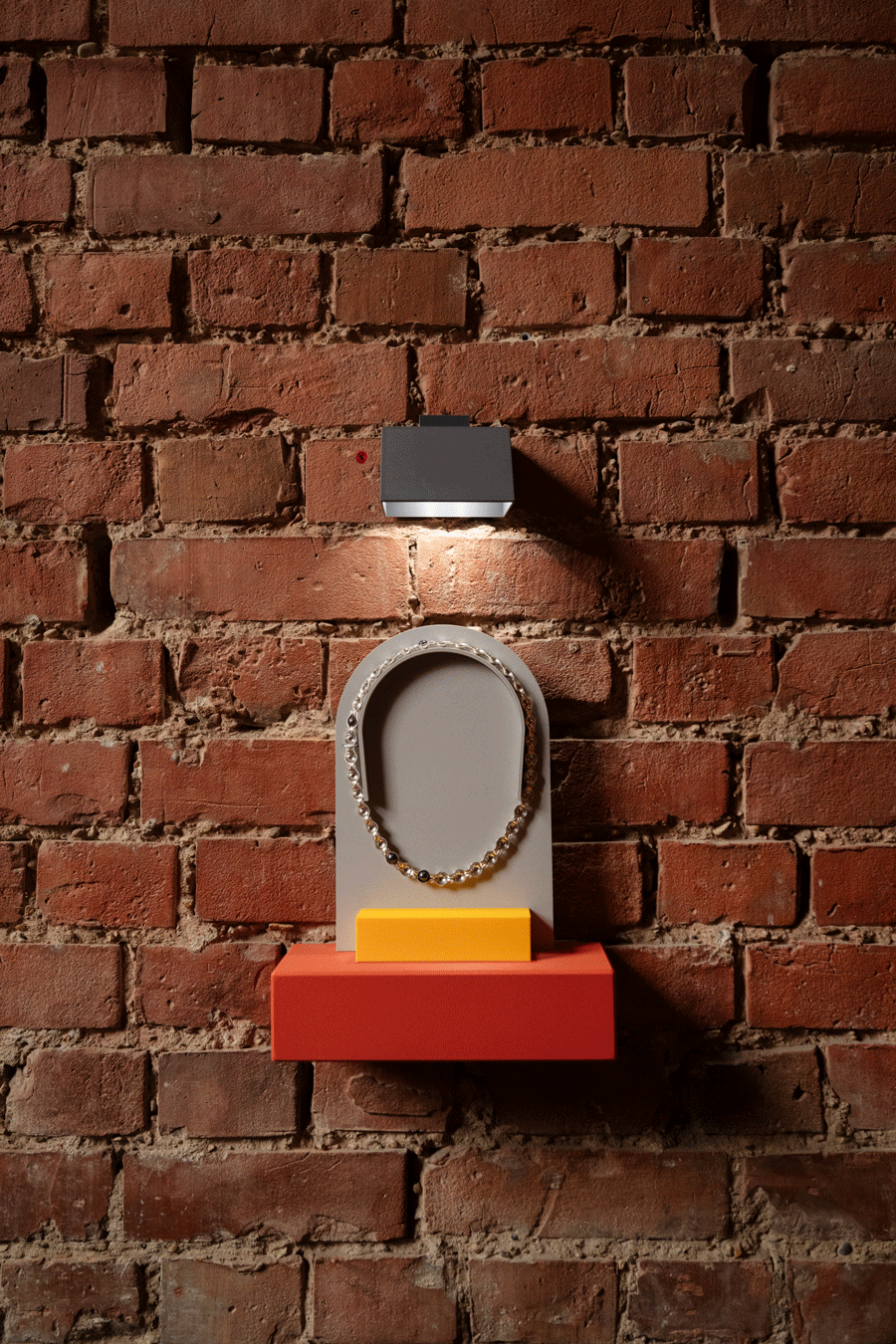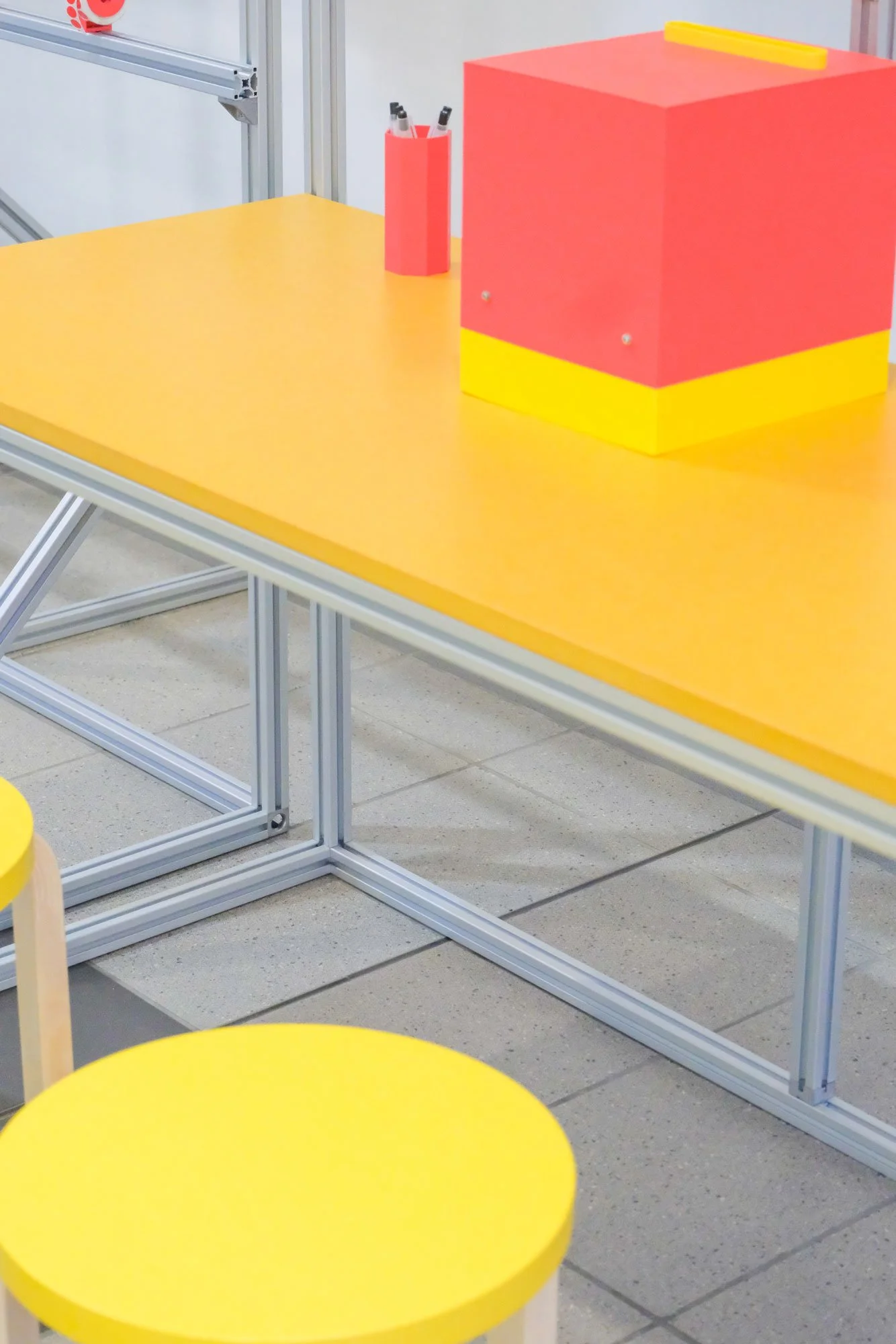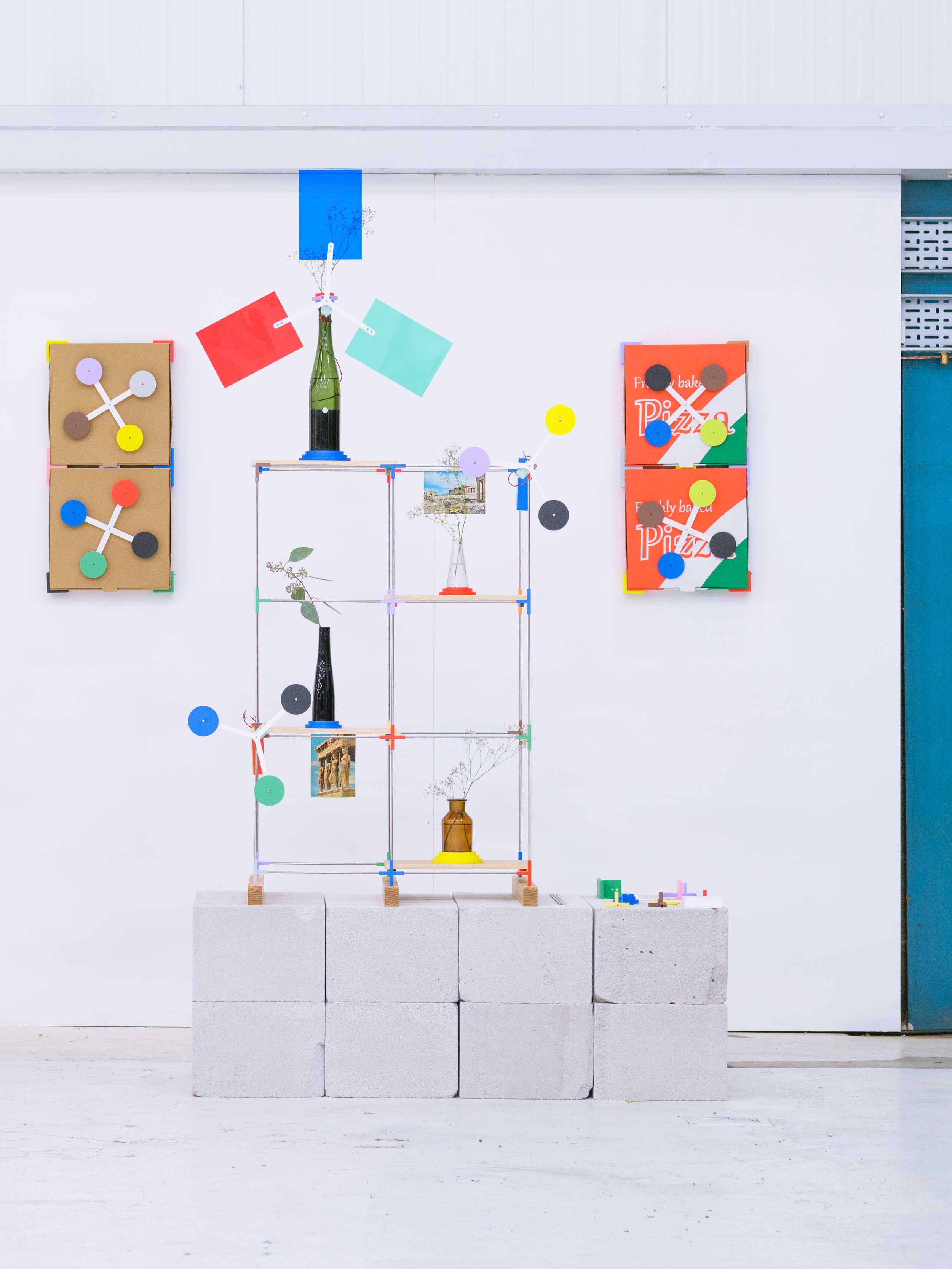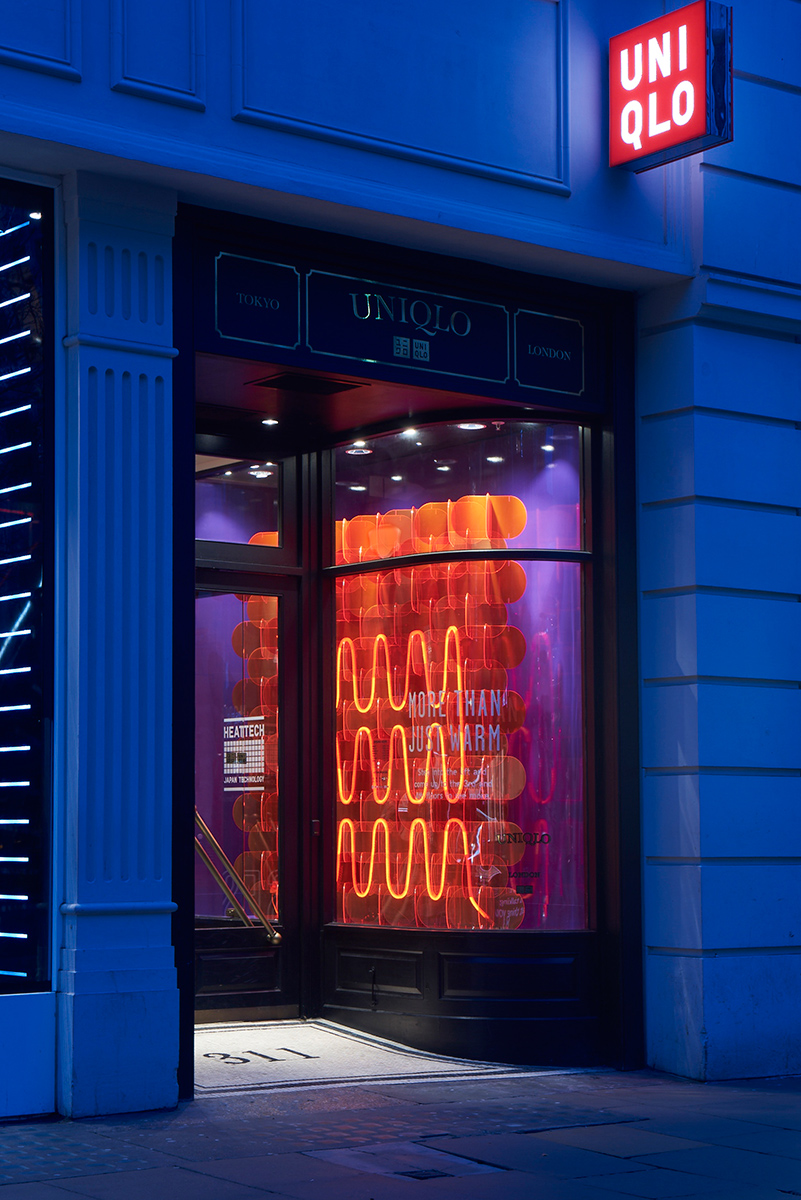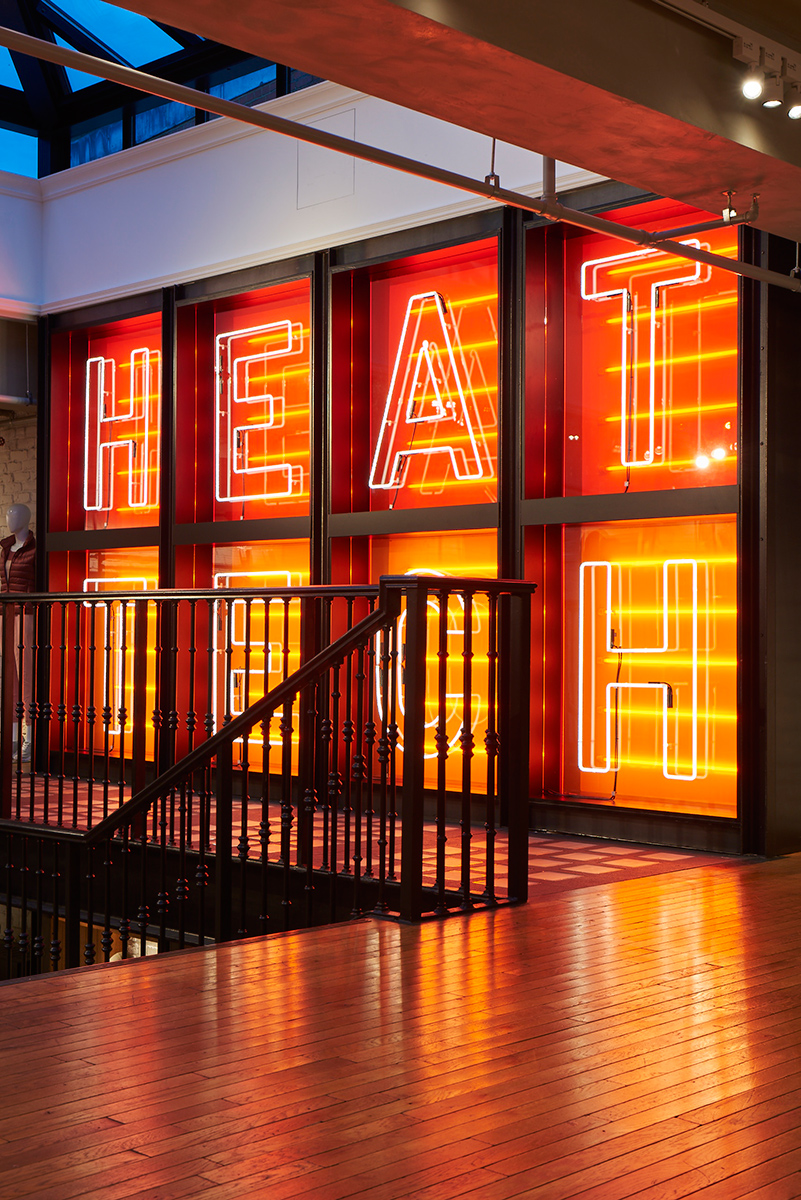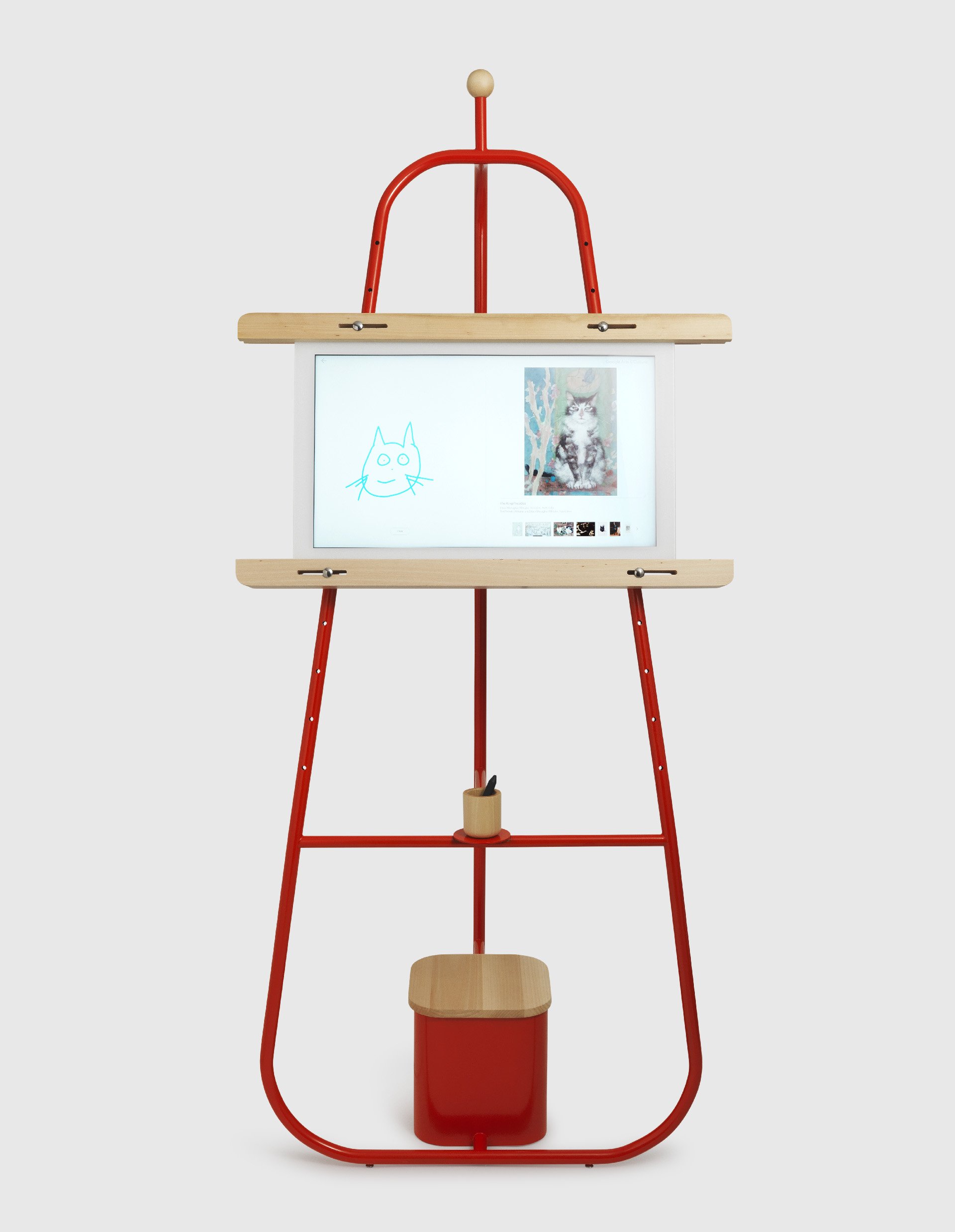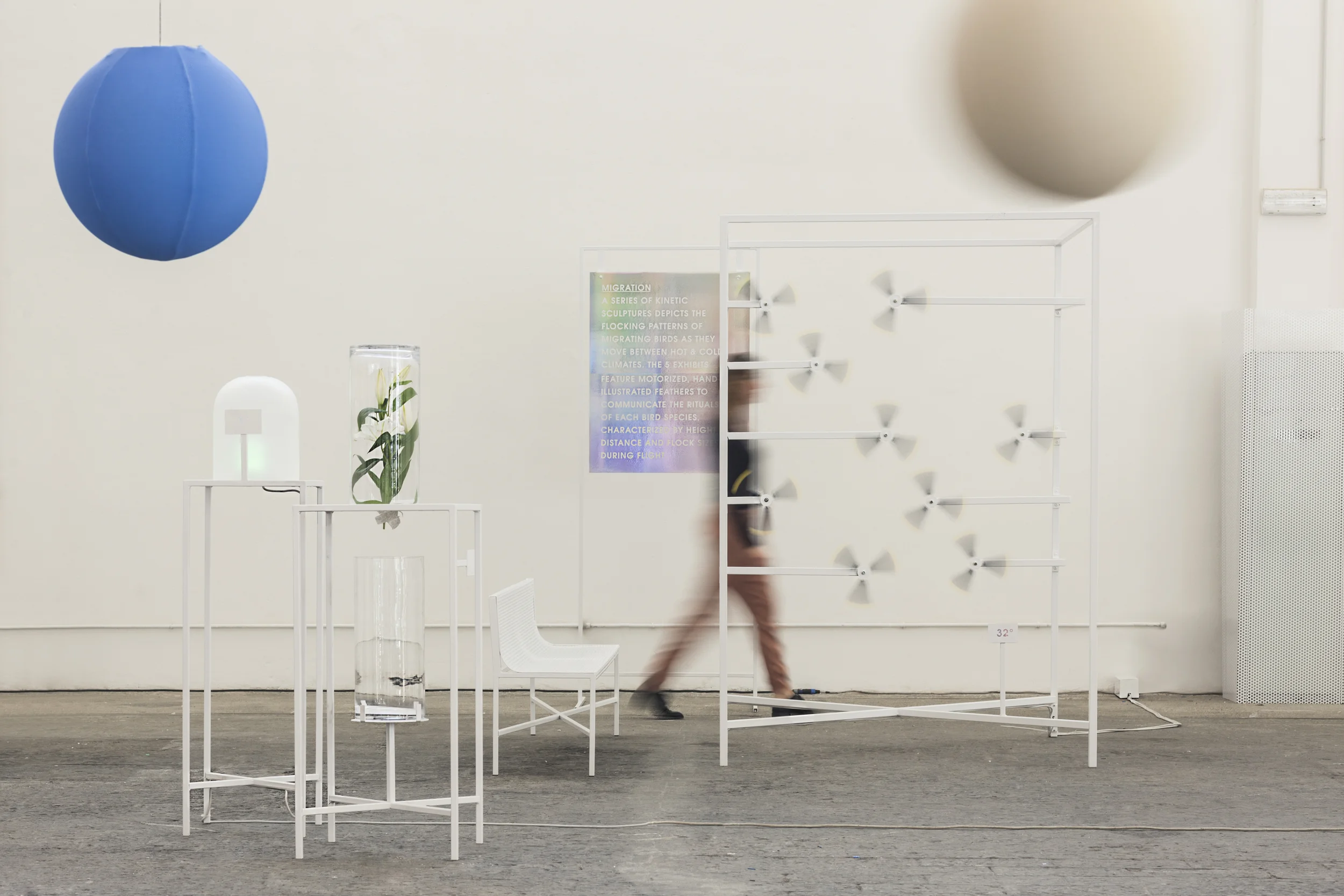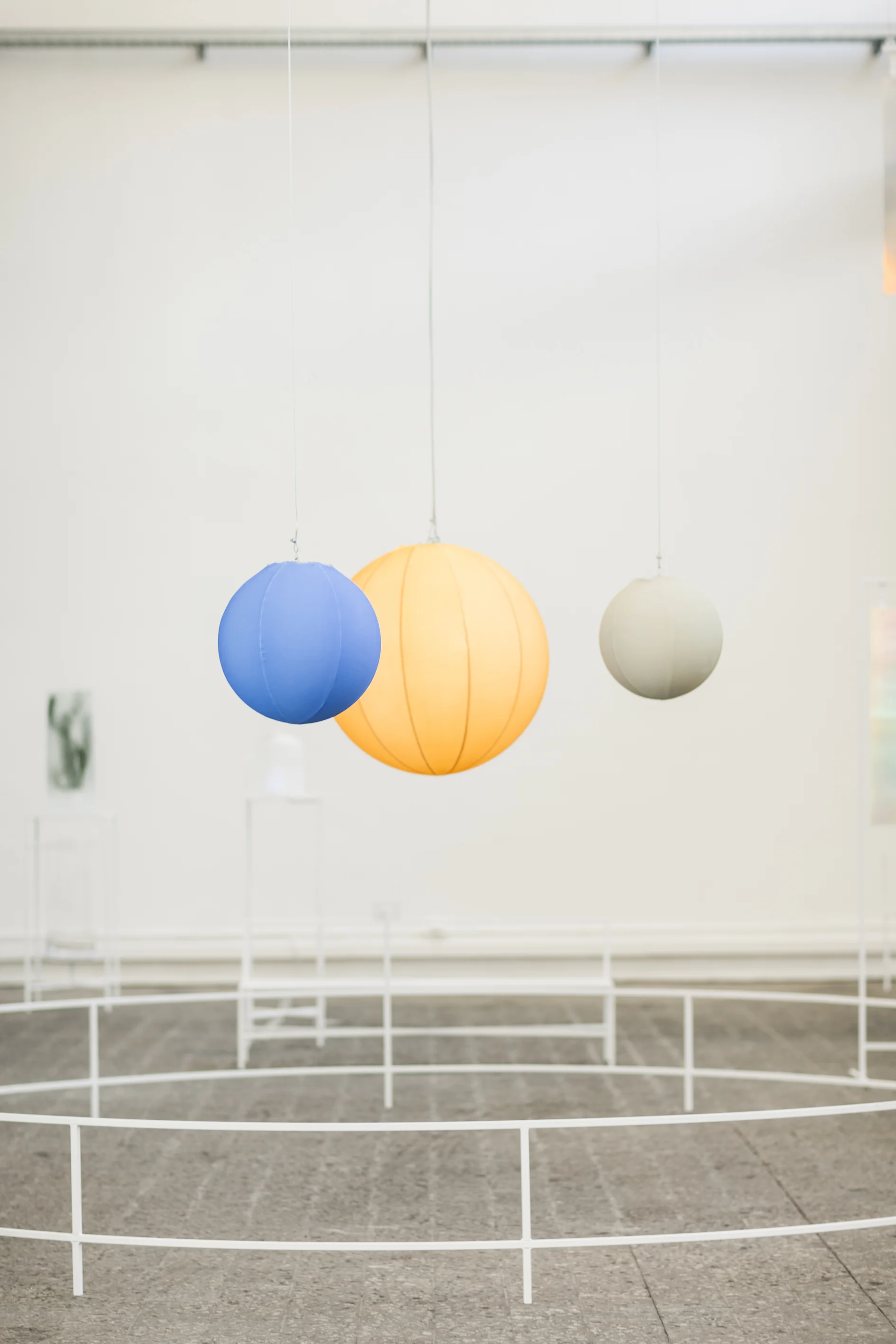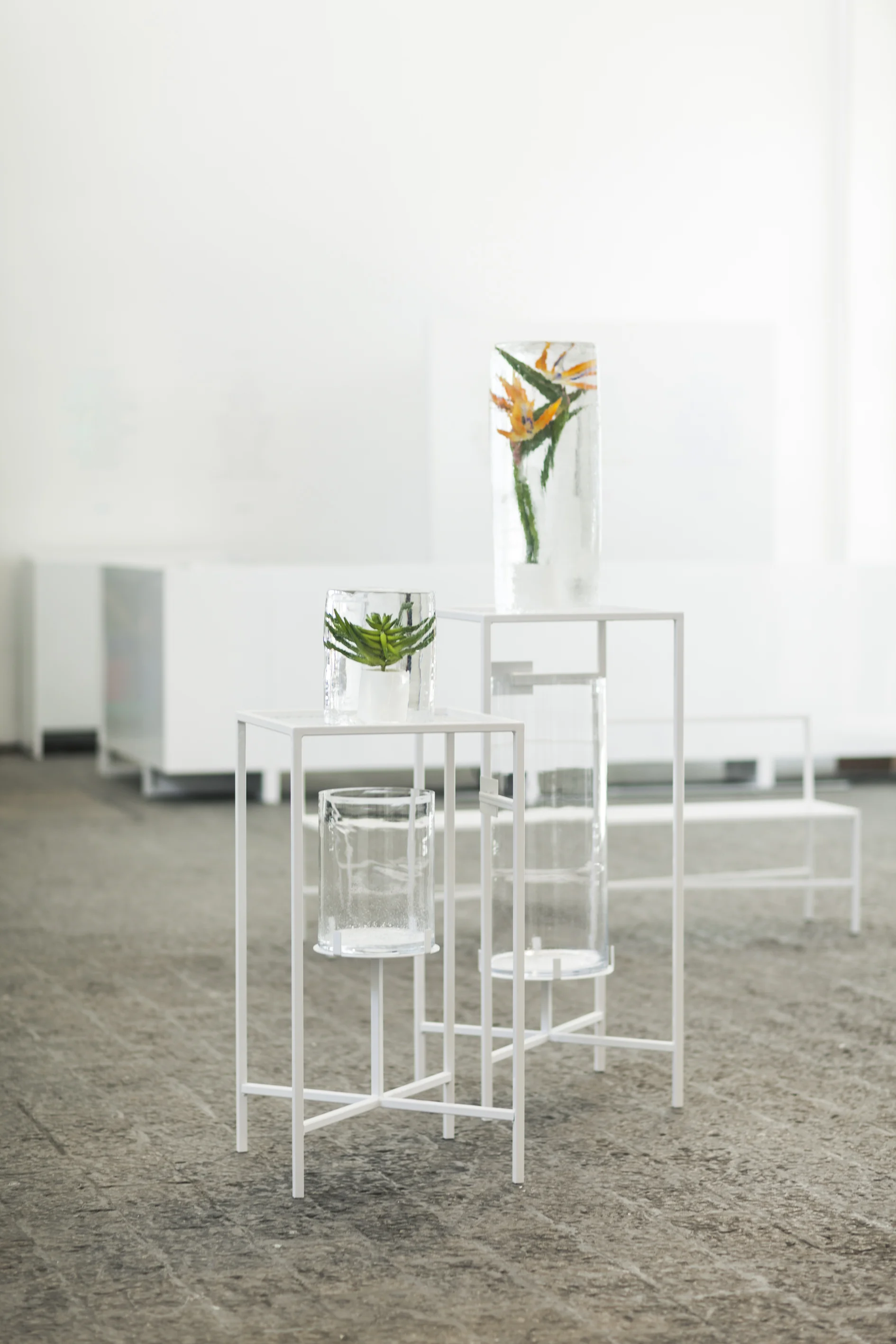Client: Point Two five
Location: London Design Festival
Photography: Tian Khee Siong
Date: September 2025
Step by Step is a modular display system inspired by brickwork, designed to showcase the jewellery pieces of Point Two Five during the London Design Festival 2025. Each of the twelve 3D-printed brick assemblages was uniquely composed to highlight the specific qualities of individual pieces—brooches, rings, necklaces, and earrings. Each brick was accompanied by an LED light source, allowing the compositions to take on a sculptural quality through the interplay of form, colour, and illumination.
The installation was conceived in response to the constraints of presenting an exhibition within the narrow ascending four-storey stairwell of the Wax Building, a former Victorian factory characterised by brick interiors and exposed pipework. While display systems often aim for quiet, neutral solutions, Step by Step was intentionally bold and characterful, designed to enter into dialogue with both the jewellery and the surrounding architecture.
Step by Step showcased works by Studio Mama, Sebastian Bergne, Daniel Eatock, Theodora Alfredsdottir, Jamie Wolfond, Wendy Andreu, and Studio 0.25




